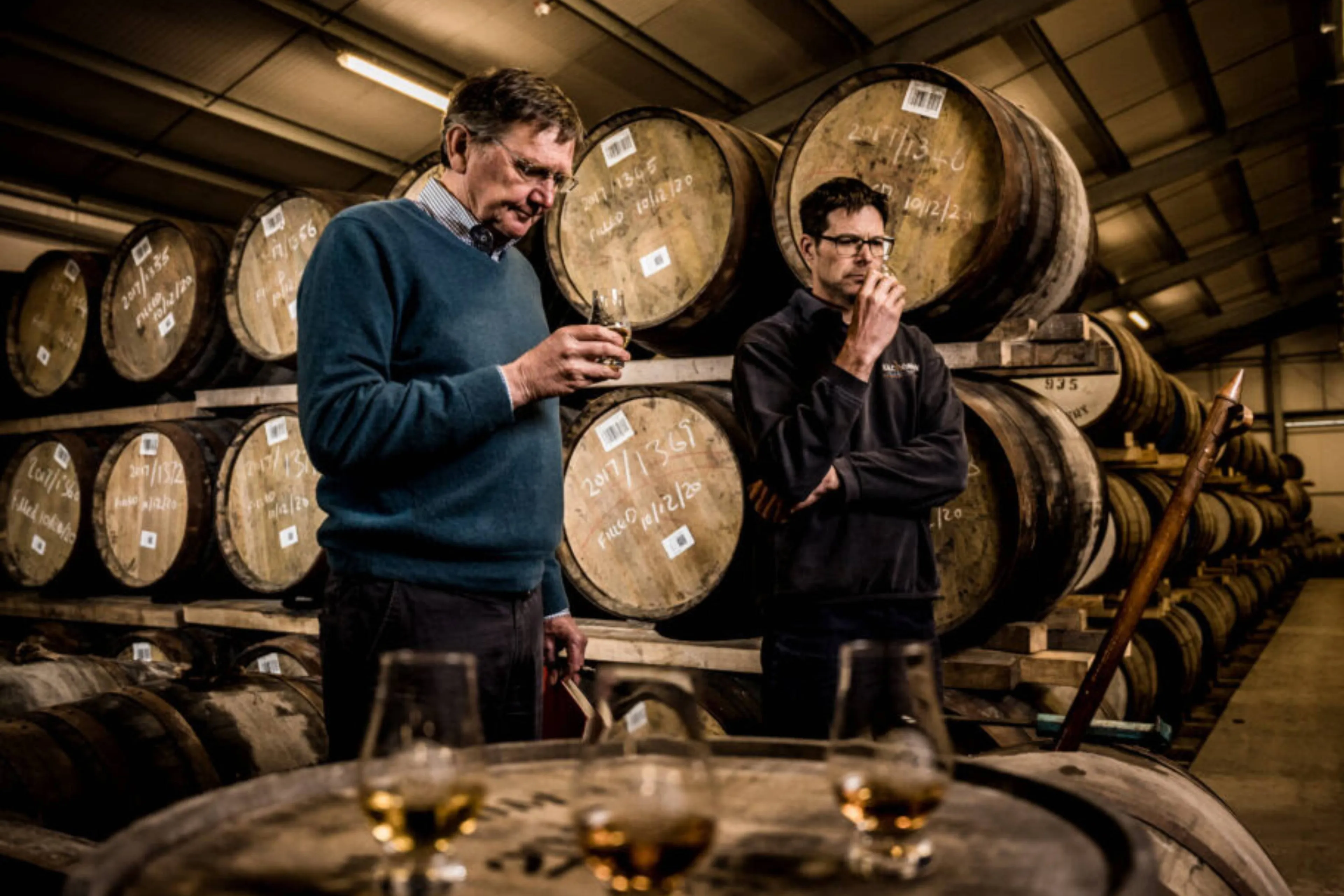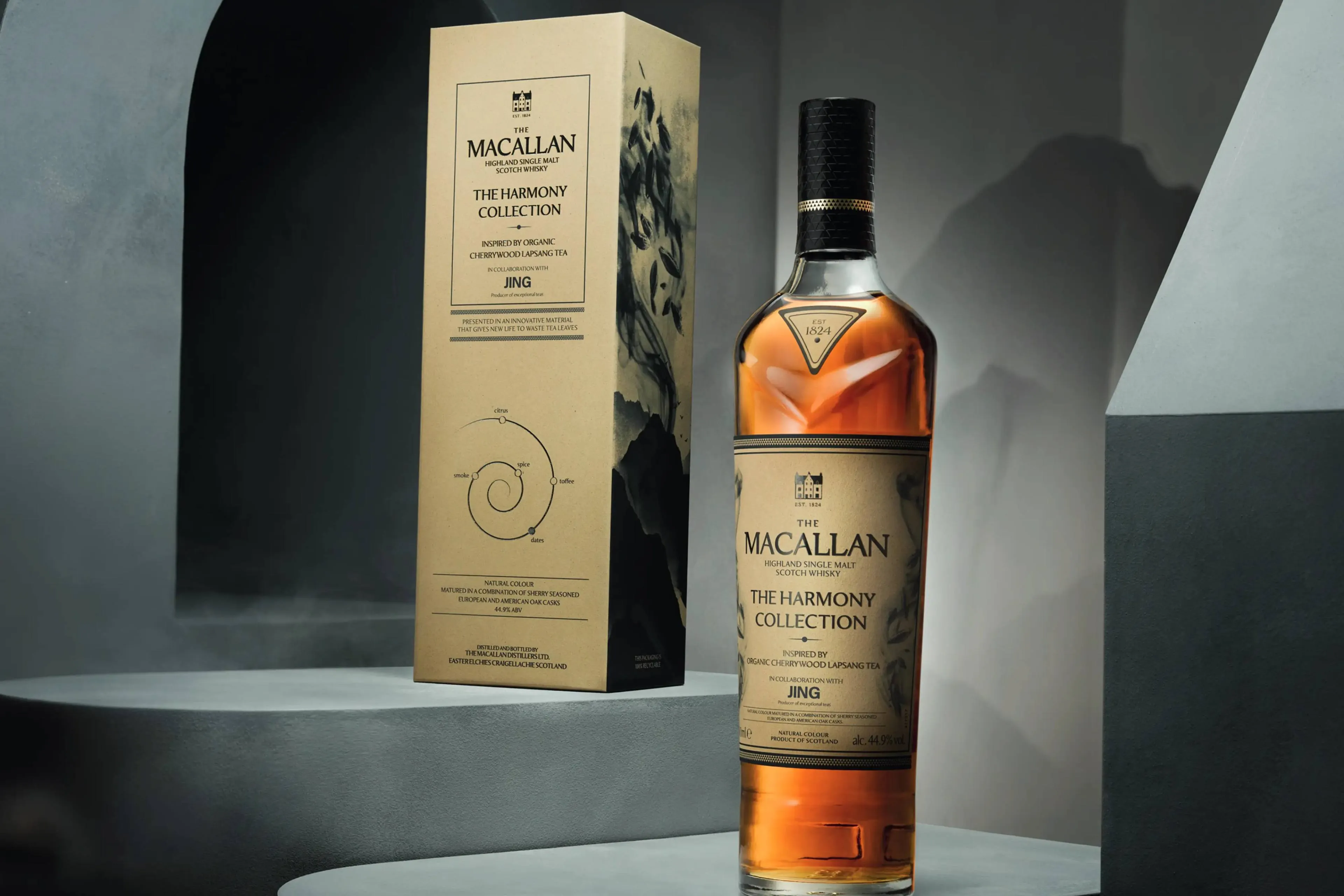What's With the Different Cuts in Whisky? This is How it Works
SectionsSunday, 24 August 2025 at 15:03
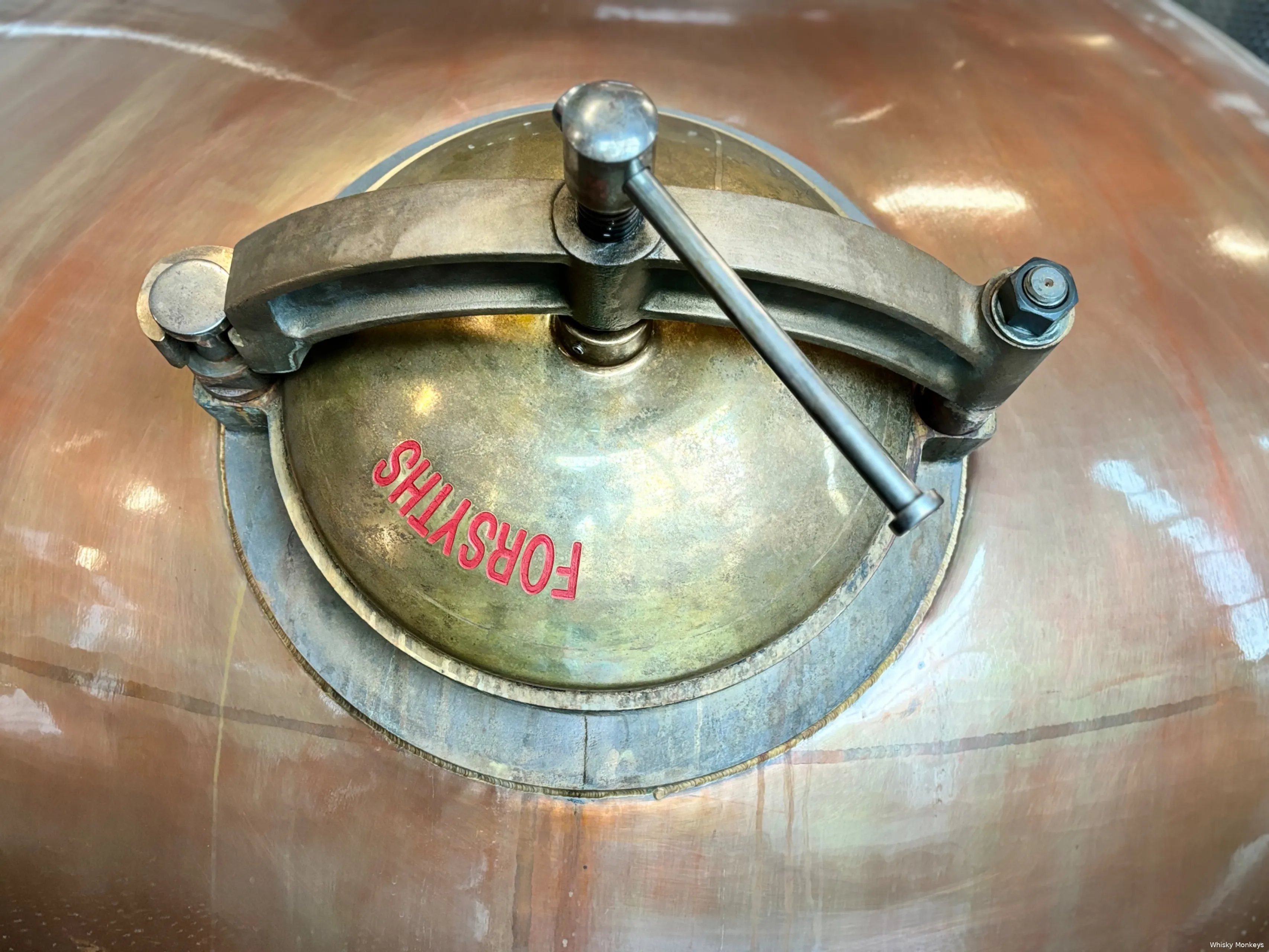
When discussing whisky, you'll often hear the term 'the cut.' The cut is significant in the distilling process as it determines some of the character of your drink. We delve into the cut and tell you everything about it.
FAQ
- What are cuts in whisky?
They are simply moments, specifically the moments when the distiller decides what to keep and what to separate: the heads, hearts, and tails.
- How does a distiller know when to make the cut?
Using his or her nose, tongue, and experience.
- Which part ends up in the whisky?
The part that is called hearts ultimately ends up in your glass. The rest is either discarded or put back into the still.
Not everything that comes out of a kettle is tasty
Distilling whisky is an extensive process that always begins in the field. Eventually, the distiller reaches the point where a spirit must be distilled, slowly flowing from the spirit safe out of the still.
Not everything that comes out of the distillery's copper workhorse is equally tasty. Some of it is downright unpleasant. As such, distillers have to sharpen their senses to make the so-called cut.
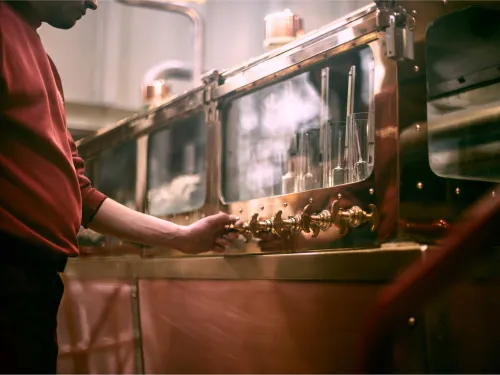
What is the Cut?
To get the pure spirit, the distiller makes so-called cuts: separating the heads, hearts, and tails. This cut is made by smelling, looking, tasting, and relying on pure experience.
Only the hearts end up in your glass, the rest is set aside or put back into the still. What exactly are these parts? We dive in to the heads, hearts, and tails, below.
What are the Heads?
The first thing to come out of the distillation kettle is the heads, or the foreshots. These contain volatile substances such as methanol and acetone. What does this smell like? Think of nail polish remover and oily scents.
Distillers choose to cut this part because it is simply undrinkable. Sometimes the end of the heads is included to blend with the hearts, but most of it is discarded.
Read also
What is the Hearts section in whisky?
After the heads come the magic from the kettle: the hearts. This is the essence of whisky: clean, grain-rich aromas, and perfect for aging in barrels. Everything you appreciate as a whisky fan, from fruity and fresh to rich and complex, begins with this part of the new make spirit.
The importance of this part of the whisky is clear from the name of this independent bottler: The Heart Cut.
The size of the hearts varies with each distillation and recipe. Moreover, distillers themselves have a choice to make a cut, so it could be that the hearts of one whisky are very different from those of another whisky.
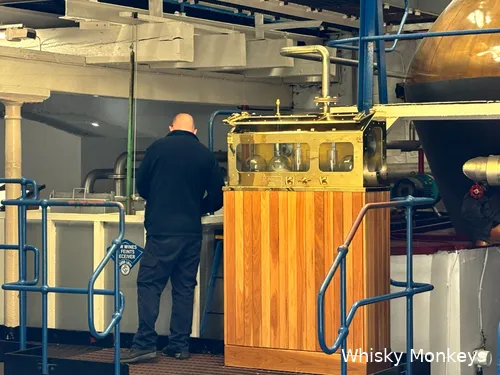
What are the Tails?
As the temperature continues to rise, the tails or the feints emerge. They contain fusel oils, butanol, and acids.
While the heads smell like nail polish remover, the smell here is different. Wet dog, old socks, sometimes a bit of vinegar. It's not pleasant in a glass, but it is useful: distillers often collect this part and redistill it in the next batch.
There is no Cut Manual
When a distiller makes the cuts is not recorded in any books. That would be a slim book with a text like 'make a cut when the drink starts to taste, make another when it gets nasty again.'
Cuts are made based on feeling and experience. Some distillers cut leanly for a clean, light whisky. Others intentionally include some heads or tails because they transform into complexity and depth during years of aging in wood.
The next time you taste your whisky, try to discover if there is a piece of the heads or tails in the glass. Then, try to taste what it does to the rest of your whisky.
Read also
loading
POPULAR NEWS
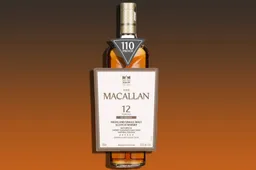
The Macallan Releases a Whisky Bottled at a Remarkably High ABV
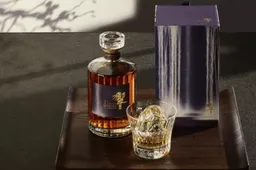
Black Friday 2025 Whiskies at The Whisky Exchange: Don't Miss These Deals
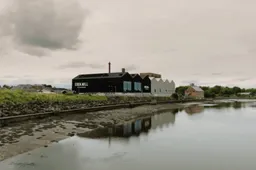
This Brand-New Whisky Distillery Was In Serious Trouble and No One Noticed
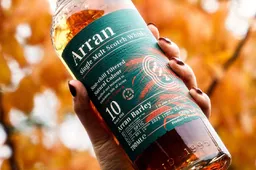
Arran Launches a New Whisky Series with an Exceptionally Fruity Single Malt
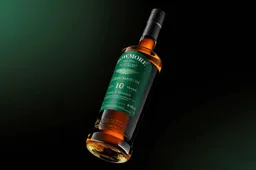
Why Aston Martin Is Suddenly Easing Off the Whisky and Betting Big on Tom Holland
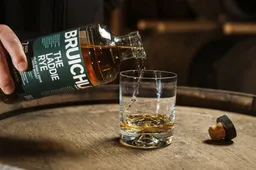
Bruichladdich debuts a new rye whisky, but you won’t find it everywhere
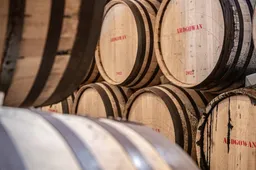
Is Whisky Still a Smart Move in 2025? 5 Reasons It Still Makes Sense
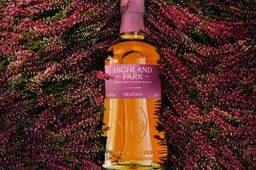
Highland Park's Latest Whisky is Both Floral and Formidable

Top 10 Speyside Whiskies to Buy Now or Gift Someone

The Hearach Whisky Gets a Stylish Twist, Courtesy of Sunspel
LATEST COMMENTS
- Hi Yvonne, Thank you for your response and for sharing the video. Unfortunately, the evidence you referred to consists only of two people talking about the whisky, without any explanation or identification. We have not spoken to the individuals in the video ourselves, nor can we verify who they are. We describe it as a Chinese whisky because it is released by a Chinese distillery. As you mentioned, the distillery has chosen to label the product as “pure malt” instead of “Chinese whisky.” Based on that, we do not believe they are doing anything illegal.M0nkey16-11-2025
- So - you have the proof......where's your write up?Yvonne16-11-2025
- You are absolutely right. Luckily that doesn't matter for the taste of the whisky. Have you tried it yet?M0nkey05-11-2025
- Guess what? Finland is not part of Scandinavia.Gray105-11-2025
- Throw in the towel? You mean restructure to compete and win in a challenging industry environment.WestwardFounder21-10-2025
- There is nothing legally to prevent the English whisky GI from coming into force, it complies with all the relevant laws and the single malt definition follows the precedent of Welsh whisky and US whiskyChefBear15-10-2025
- Three emails sent (two with videos, linked to a Google Drive Share). 1. The original video. 2. The video with subtitles as it was shared on YouTube 3. Screen grab of the YouTube channel where the video was blocked due to Pernod Ricard lobbying. The story was covered on Drinks Intel at the time - link here - https://drinks-intel.com/subscriber-news/pernod-ricards-the-chuan-pure-malt-whisky-not-sourced-solely-from-china-global-drinks-intel-exclusive/Yvonne10-10-2025
- Hi Yvonne, Thank you for your interesting comment. Could you share your copy with us, so we can adjust our item accordingly? Mail us at [email protected]. Thank you in advance.M0nkey09-10-2025
- Let's keep this factually correct. Pernod Ricard DID NOT release a Chinese whisky. Their first output from The Chuan (the name of the distillery in Sichuan, China) wasn't fit for bottling. What they actually bottled was imported Scotch whisky. This is why the product is called "PURE MALT" and not "Chinese Whisky" - because Pure Malt is not a regulated term - this is not a secret. This was exposed about a week after they released it. There were even videos about their own staff on site admitting it was made from imported whisky - which Pernod Ricard got the lawyers onto to get the video pulled. I've got a copy if you want it.Yvonne09-10-2025
Loading
